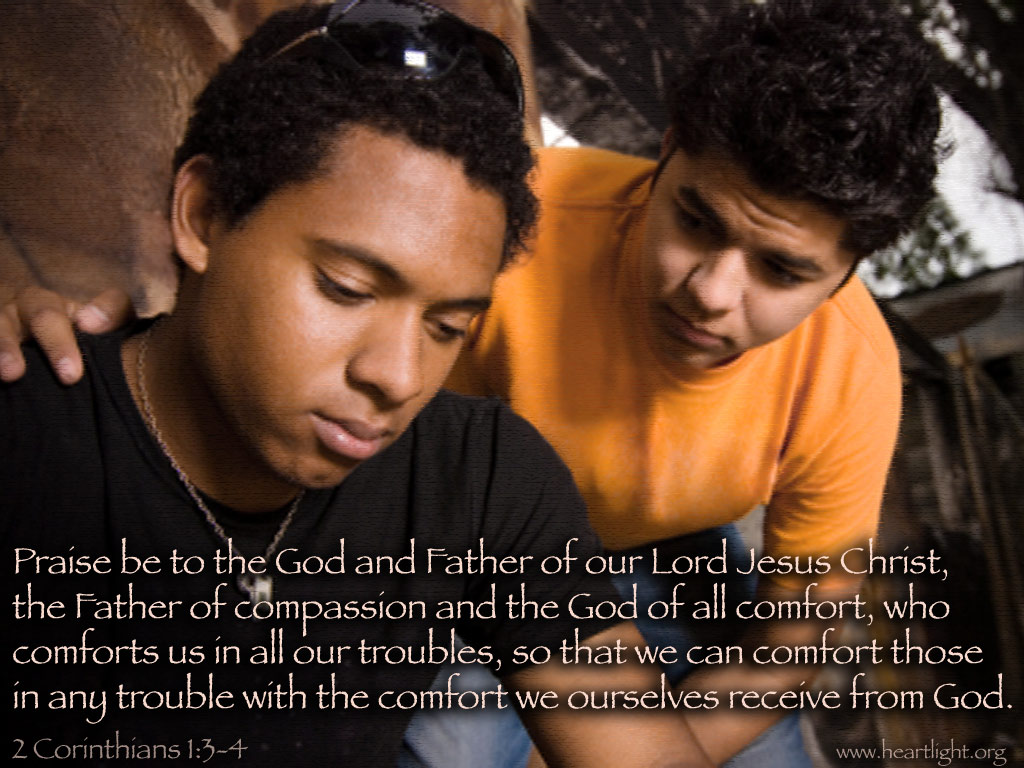We Should Take Cell Phones Out of The Classroom
Take Cell Phones out of the Classroom
The majority of this post is based on an article by Educator Doug Lemov. Mr. Lemov is a managing director of Uncommon Schools and leads its Teach Like a Champion team, designing and implementing teacher training based on the study of high-performing teachers. He is the author of Teach Like a Champion 2.0 and coauthor of Practice Perfect.
I have written about cell phones in schools before, but that was prior to Covid and the pandemic. As a former teacher and now a substitute teacher I can tell you that the difference in the classroom is astounding. When I wrote the first article I could not have foreseen that teachers and students would be locked down in their homes for months at a time and that schools would be closed for long periods of time. That period of isolation intensified personal dependance on cell phones similar to what happens when you pour gasoline on a fire.
A Different Type of Student
Try to imagine a classroom full of post pandemic students. These students have been alienated from their peers, social interactions and activities. Some of these students have lost loved ones to Covid. No group sports, concerts, or being with friends. All this caused social skills to decline and increased cell phone dependance. The pandemic brought into focus what was already on the horizon.
What A Psychologist Says
Jean Twenge is a psychologist who studies and documents the negative effects of screens and social media. She is quoted in Lemov’s article as having noted spiraling levels of depression, anxiety and isolation among teens. Twenge wrote a book in 2017 called IGen and said in it, “I had been studying mental health and social behavior for decades and I had never seen anything like it.”
Twenge and other researchers found that teenagers media use doubled between 2006 and 2016. They also found that the idea of reading books and magazines decreased. By 2016 only 16 percent of high school seniors read a book or magazine daily. In 1995 that number was 41 percent. In March of 2020, when Covid came on the scene children’s daily screen time grew by 17 percent. (Common Sense Media Study).

What does all this mean and why am I telling you this? Because if we don’t do something about cell phone use in our schools now there is no way our children or grandchildren are going to get a quality education. No matter what your hopes and dreams are for your tweens and teens, cell phones are altering education. It’s time we faced that fact and did something about it.
Doug Lemov says it this way, “The first step in responding to the dual crisis of learning and well-being is to set and enforce cell-phone restrictions. An institution with the dual purpose of fostering students learning and well being cannot ignore an intruder that actively erodes a young mind’s ability to focus and sustain attention and also magnifies anxiety, loneliness, and depression. Cellphones must be turned off and put away when students walk through school doors. Period.”
Cell Phones at School
Lemov isn’t opposed to having them at school, he just wants schools to have rules (and enforce them) concerning usage. His personal preference is, “that students can have phones in their bag but they must be turned off and cannot be visible during the school day. Not during lunch, not in the hall, not anywhere until the last bell rings. If there’s an emergency and students need to contact parents then they can use it in the office.”
Why can’t they have them during lunch or in the hall? Because not having them forces them to rebuild their socialization skills and interaction. When we allow students to use their phones as classroom tools or to leave them turned on, or to have them during breaks they are still connected and distracted with silent notifications. I’ve seen this happen in the classroom many times. Believe me, they know the second they get a message.
This is already happening in certain places. France and Australia have done it and some American public school districts have also incorporated this policy. These bans on cell phones had immediate results, but change is never easy.
Besides being a teacher I have been a school board member. I know a lot of parents are not going to agree with taking cell phones out of the classroom. The other day I saw a meme that was written by a teacher. It said, “I want to film my classroom and make it a reality show so parents can see what goes on during the course of a day.” I don’t know if parents and grandparents would watch, but if they did I think they would be surprised. And I think they would better understand why this needs to be done.
Lemov says, “The argument that schools should teach young people the skill of managing technology is patently unrealistic. Schools are not designed to address, much less unravel, psychological deprendence on portable supercomputers designed to disrupt and hold our attention. Teachers already have a daunting list of education priorities.”
Finally he says, “It’s magical thinking to assume that an epidemic that has doubled rates of mental health issues and changed every aspect of social interaction among millions of people is going to go away when a teacher says, “Guys, always use good judgment with your phones.”
Cell Phones and Cheating
Another reason to advocate for taking cell phones out of the classroom is a study done by Common Sense Media that found that more then 35% of teens admit to cheating with cell phones, and more than half admit to using the Internet to cheat. More importantly, many students don’t consider their actions to be cheating at all. This study was done in 2009. Can you imagine what the results would be if it was conducted today?
How young is too young for a phone?
I could quote many different studies that warn about children and screen time but just the fact that kids as young as 8 (personally I think there are some even younger) that have their own cell phone and who aren’t monitored closely (if at all). Cell phones have become the new television, used to babysit when parents are busy.
According to the report, The Common Sense Census: Media Use by Teens and Tweens, released in 2021, 8- to- 12-year-olds use about five and a half hours of screen media everyday while 13- to-18-year-olds use about eight and a half hours. Social media use has increased in 8- to- 12-year-olds, from 31 percent in 2019 to 38 percent in 2021, and almost 1 in 5 tweens say they use social media every day. The proportion of 8-, 9-, and 10-year-olds with cellphones nearly doubled from 2015 to 2021″.
And What About Texting?
According to Pew Research…..a lot of the screen time used by teens is for texting.
- Half of teens send 50 or more text messages a day, or 1,500 texts a month, and one in three send more than 100 texts a day, or more than 3,000 texts a month.
- 15% of teens who are texters send more than 200 texts a day, or more than 6,000 texts a month.
- Boys typically send and receive 30 texts a day; girls typically send and receive 80 messages per day.
- Teen texters ages 12-13 typically send and receive 20 texts a day.
- 14-17 year-old texters typically send and receive 60 text messages a day.
- Older girls who text are the most active, with 14-17 year-old girls typically sending 100 or more messages a day or more than 3,000 texts a month.
What do you think? Should we take cell phones out of the classroom?
For More Information Check Out the following Links


